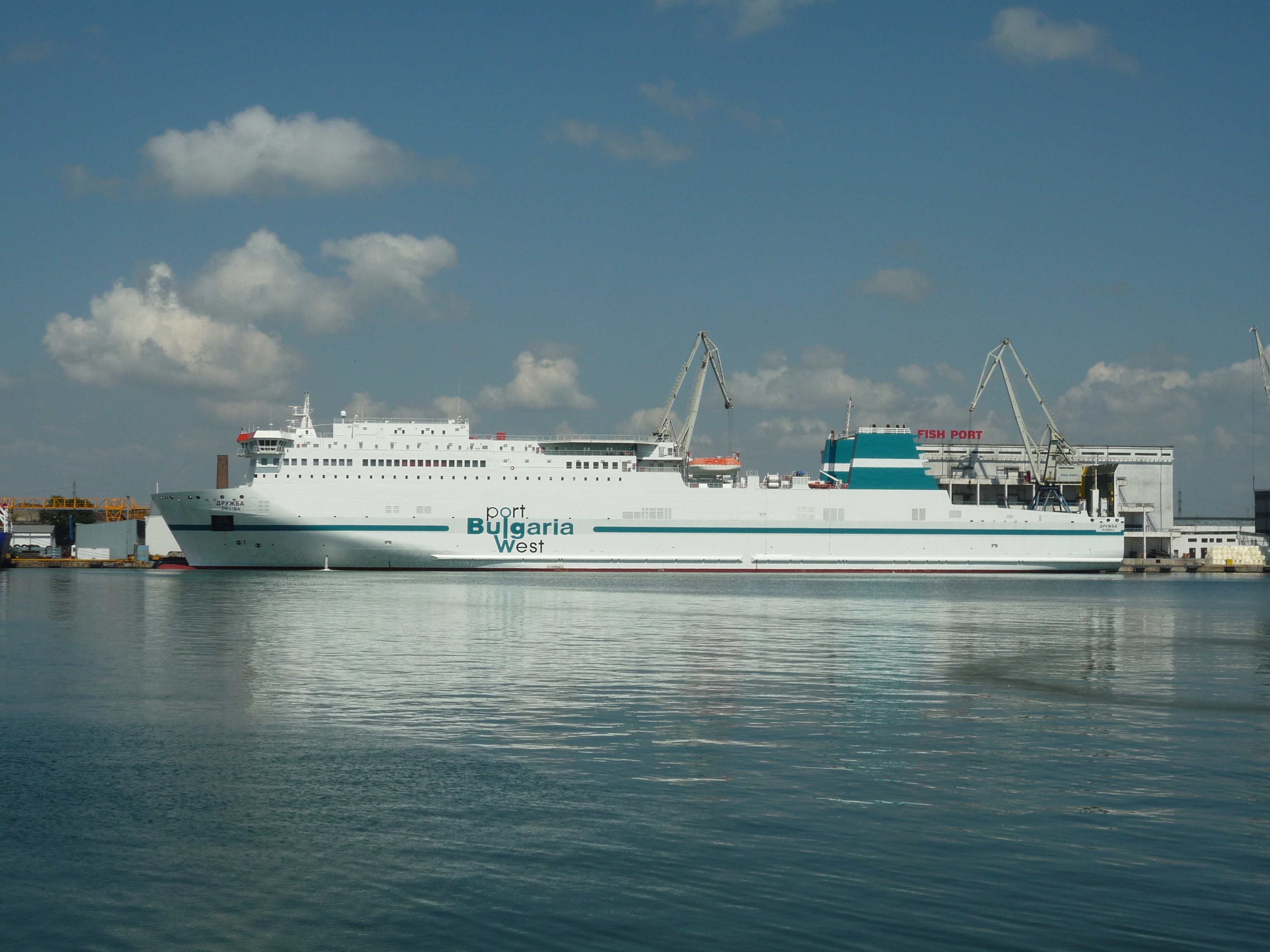Decades ago, a few dedicated RoRo vessels were operated along with multi-purpose ferry services to reduce the on-road traffic. By the end of 90’s, the difference between these two segments blurred as new vessels were invented. These new, bigger and faster ships, called as RoPax vessels offer more space, comfy accommodation, separate vehicle terminals, easy loading unloading and better features as compared to previous generation ships.
Contemporary RoRo and RoPax Vessels
Roll on/ Roll off vessels have continuously evolved from the older generation ferries. Passengers and vehicles have different requirements and individual demands on ship space and access. Thus, the architectures and engineering of these ships go through continuous changes.
Depending on the route the ship is plying and the market it is serving, the two RoRo concepts came into existence:
- The RoPax vessels are ships that are basically designed to load trailers and where there are accommodations for the drivers and sometimes have additional spaces for some passengers.
- The cruise ferry is a ship that possesses the features of Ro-Pax vessel and cruise liner. Many passengers travel for the pleasure voyage, not leaving the ship and staying at the destination port only for a few hours, whereas others travel for the sake of transportation.
RoRo/ RoPax, prevailing sea states and distances
Despite the availability of low fare air travels and low-cost car rentals, the seasonal demand for RoPax vessels have not demeaned. On short distances, which can be covered within a couple of hours, cabin accommodation for passengers is normally limited and aircraft style seating is more popular. Based on the routes, sailing times vary.
These ships can swiftly travel through unprotected waters and can also overcome severe climate and rough sea conditions. When the ships cover medium distances, the travel time is more than 6 hours and night stay on the ship may be involved. During such trips, cabin accommodation facility for passengers is essential.
Some of the technologies applied to perk up competitiveness of RoPax and RoRo vessels for sales are as follows:
- Quantification of target market
- Auto preparation of ship pre-loading plans
- Installation of an information management system
- Application of an e-book system
- Technologies to assist speedy ship turnaround in Port
- Integrated trailers management on terminals
Factors to be examined
The factors to be examined include ramps; quays; access bridges for RoRo and passenger traffic. One must also investigate land installations which include passenger facilities, space for loading and unloading of vehicles, effects of future climate changes, technical design, security and safety requirements. Requirements for upgrading existing terminals and new terminals should also be taken into consideration.
In order to meet the needs of RoRo market, vessels are designed with contemporary features, greater capacity, upgraded berths, terminals and ramps. The final production of the vessel is based on the guidelines and recommendations for the design and operation of both RoPax and RoRo terminals


